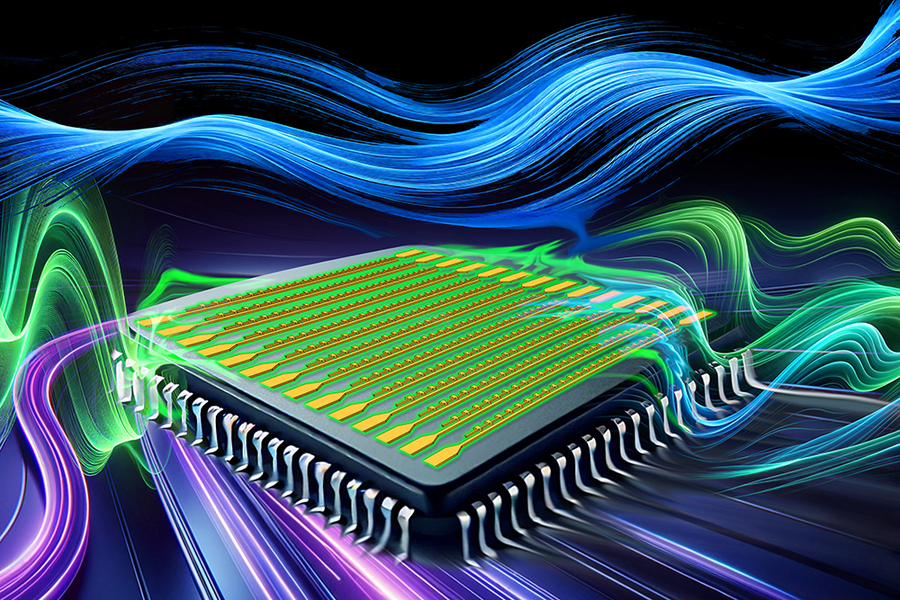
New software simulates complex wave scattering for metamaterial design. Could invisibility cloaks become a reality? New research brings this science fiction concept a step closer, with a breakthrough software package that simulates how waves interact with complex materials.
A new software package developed by researchers at Macquarie University can accurately model the way waves — sound, water or light — are scattered when they meet complex configurations of particles.
This will vastly improve the ability to rapidly design metamaterials — exciting artificial materials used to amplify, block or deflect waves.
The findings, published in the journal Proceedings of the Royal Society A on 19 June 2024, demonstrated the use of TMATSOLVER — a multipole-based tool that models interac...
Read More









Recent Comments